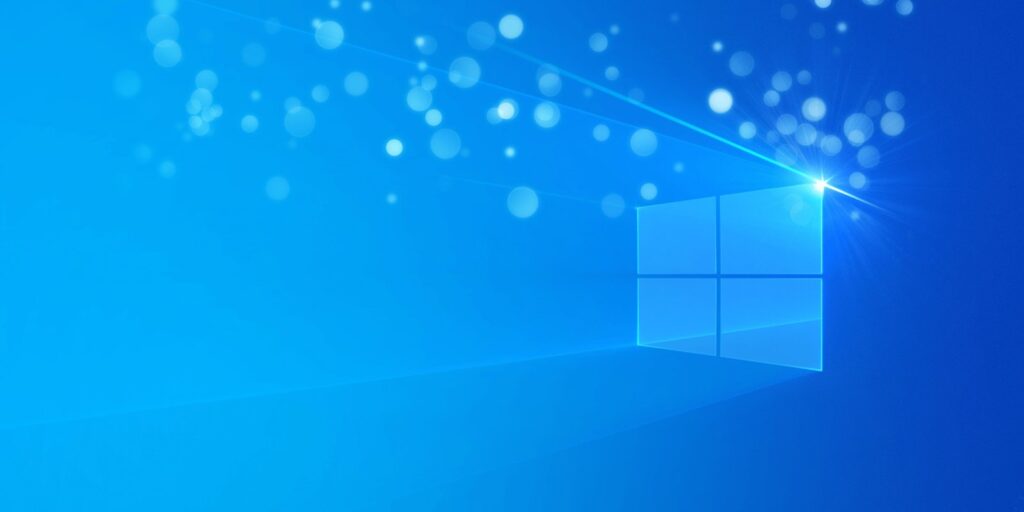Contents
In this article, we will introduce one of the Microsoft clean up tools – Disk Cleanup. You will learn what Disk Cleanup is, how to use it, and what files can be deleted with it.
In addition, after reading this guide, you will learn how to automate the Disk Cleanup utility so that you do not have to manually clean up space on your computer every time.
How to run Disk Cleanup?
To launch this application, click on “Start”, then “Programs”, “Accessories”, “System Tools” and “Disk Cleanup” or enter the command “cleanmgr.exe” (not “clean mgr.exe” or “cleanmgr exe”). To run the utility from the command prompt, use the Disk Cleanup command “cleanmgr”.
What files can you remove with Disk Cleanup?
The types of files you can delete include:
Temporary setup files. These files were previously created by the installer, but now they are no longer needed and can be removed.
Temporary Internet files. The disk contains Internet files that contain web pages for quick viewing. However, you should not be afraid to delete these files, because your personalized web page settings will not be deleted. You can click on the “View Files” button to see which files will be deleted.
Downloaded program files. When you view some pages in a browser, ActiveX controls and Java programs are automatically downloaded from the Internet and stored in the Downloads folder on your disk. With the button “View Files” you can find out which files will be deleted.
Old chkdsk files. When you run chkdsk to check for errors on your disk, this utility can save the lost file fragments to disk. Do not be afraid to delete these files, they are no longer needed.
Recycle Bin. The Recycle Bin contains files that you delete. However, these files will not be completely removed from your computer until you empty the Recycle Bin. You can click on the “View Files” button so that you can see what files are in the Recycle Bin and, perhaps, restore something from it before emptying it.
Temporary files. Some programs may store temporary information in the Temp folder. Usually, the program deletes this temporary data before exiting. But you can also delete temporary files yourself that haven’t been changed in a week.
Temporary offline files. Temporary offline files are local copies of web pages that have recently been used. They are automatically cached and you can use them if the network is unavailable. Use the “View Files” button to see what can be removed from this folder.Offline files. This folder contains local copies of network files that the users themselves made available offline. These files are used for offline web browsing when there is no network access. You can also delete them.
Windows update cleanup. This folder contains files that were retained from a previous Windows update. If you are not going to use an older version of this operating system, then you can delete these files. You can also save all the data you need from previous Windows updates before deleting this data.
Old compressed files. If you have files on your computer that you haven’t used for a long time, then Windows can compress them. These files will still be available for use, but will take up less space on your disk. You can manually set the period after which unused files will be compressed. To do this, you need to click on the “Options” button.
How to run the Disk Cleanup tool from the command prompt?
Here are the switches you can use to free up disk space using the command prompt:
/sageset: n – It displays the Disk Cleanup Settings dialog box and creates a registry key to store the settings you select. The value n is used to indicate various tasks for performing disk cleanup. Instead of n, you can use any integer from 0 to 65535. Sometimes you need to specify the letter of the drive where the system is stored so that all options are available when using the
/sageset switch.
/sagerun: n – It is used to perform tasks that you assigned to n with the / sageset switch.
How to use the Disk Cleanup tool automatically?
If you don’t want to manually clean up disk space every time, you can have your computer automatically use Disk Cleanup. This can be done easily using Task Scheduler.
- To start Task Scheduler, use Search, enter “Task Scheduler” and open the application.
- Now click on “Create Basic Task”, enter a name and description and click “Next”
- Select a frequency for the task. For some options, you may need to enter additional information. Click “Next”
- On the “Action” tab, select “Start a program” and click “Next”
- In the “Program/script” field, enter “C:\Windows\system32\cleanmgr.exe” (We remind you to enter everything correctly. It is “cleanmgr.exe”, not “cleanmgr exe“.). If you want to add the /sagerun switch, you can enter it in the “Add arguments (optional)” field and click “Next”
Check if you entered everything correctly and click “Finish”.
That’s all! Now you know how to use Disk Cleanup utility – one of Microsoft clean up tools, how to use Disk Cleanup cmd, and you also learned about what types of files can be deleted without damaging the system.



